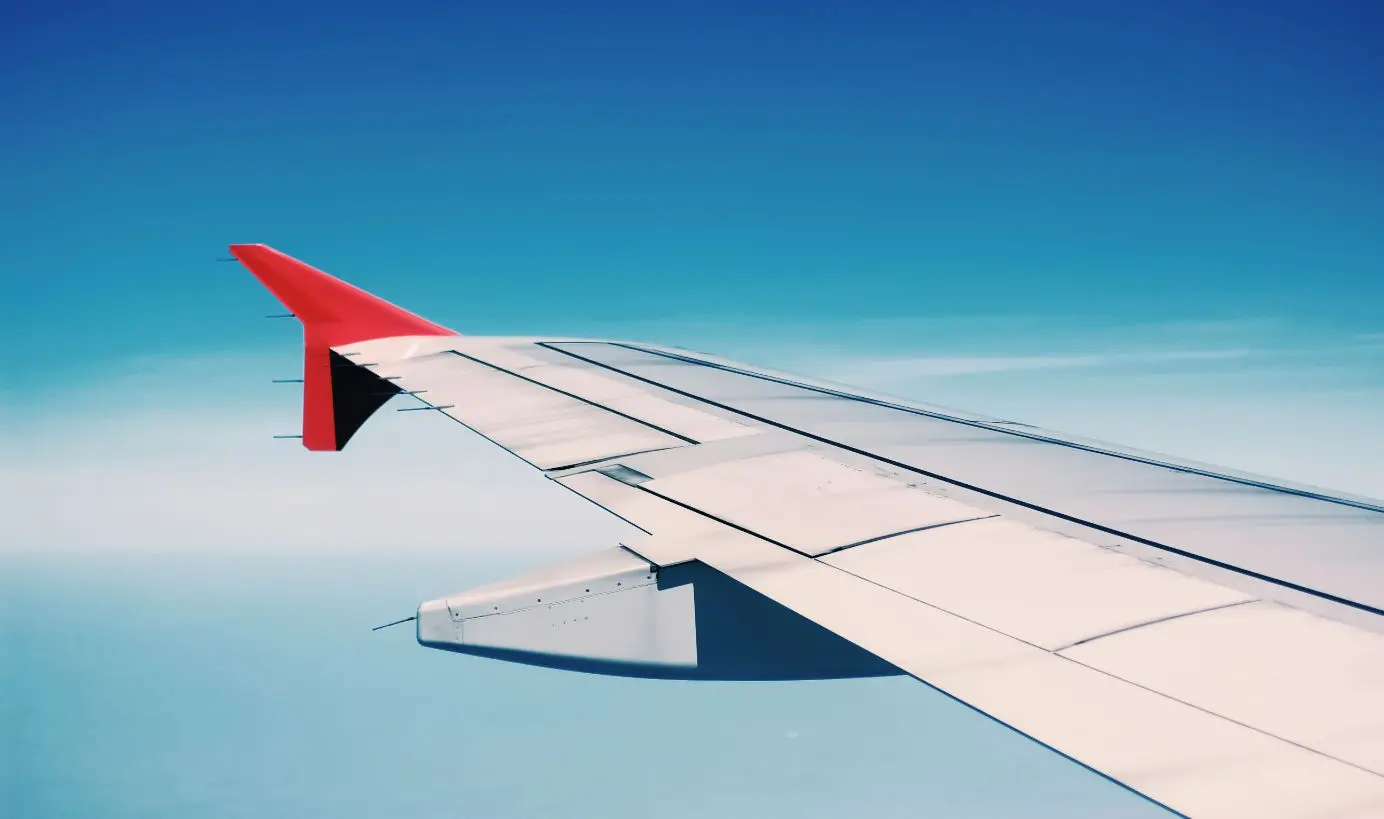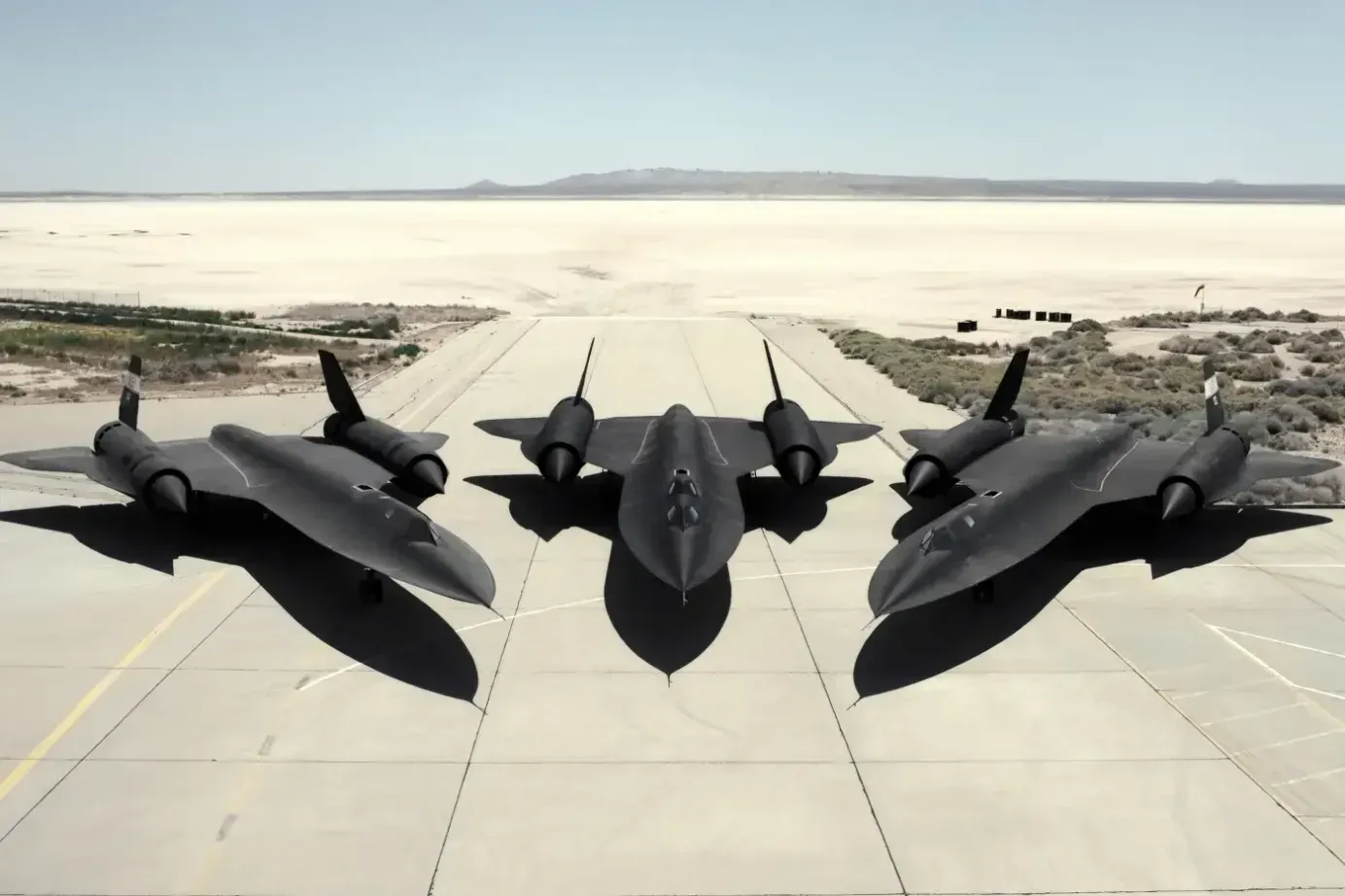
How Many SR-71s Were Made?
The Lockheed SR-71 was a high-speed reconnaissance aircraft operated by the U.S. It is famous for its spectacular speeds and groundbreaking engineering. But how many SR-71s were made?
Table of Contents
The SR-71 Blackbird is a long-range strategic reconnaissance aircraft operated by the United States Air Force (USAF) and NASA. The SR-71 served with the United States Air Force for over thirty years, from 1964 to 1998.
Famous for its extraordinary performance capabilities, the Lockheed SR-71 is a classic and spectacular aeronautical engineering and design piece.
During its service, the SR-71 set several aviation records, including a top speed record of 2,199 mph (3,539 km/h), roughly Mach 3.3.
However, the SR-71 Blackbird is not just a single aircraft. Lockheed built several that came into service. But how many SR-71s were made?
How Many SR-71s Were Made?
It's frankly no surprise that Lockheed produced such a small number of these planes. Lockheed made the planes mostly from titanium, which was in short supply in the U.S. when Lockheed built the aircraft. The cost of manufacturing a single SR-71 in 1966 was $34 million. Adjusted for inflation, that is almost $300 million today.
Designed by Lockheed's Skunk Works, the Lockheed SR-71 Blackbird was a strategic reconnaissance aircraft designed to collect intelligence like photos, signals, or other measurements.
Most SR-71s were the standard reconnaissance variant, although Lockheed made a couple of other versions.
SR-71 Variants
Most of the SR-71s made were the standard version of the plane, a two-seat version intended for aerial surveillance. Of the 32 aircraft made, 29 were reconnaissance aircraft; the final three were training aircraft.
There were three different variants: The SR-71A, which was the regular plane, the SR-71B, a trainer version, and the SR-71C, which was a slightly different trainer variant.
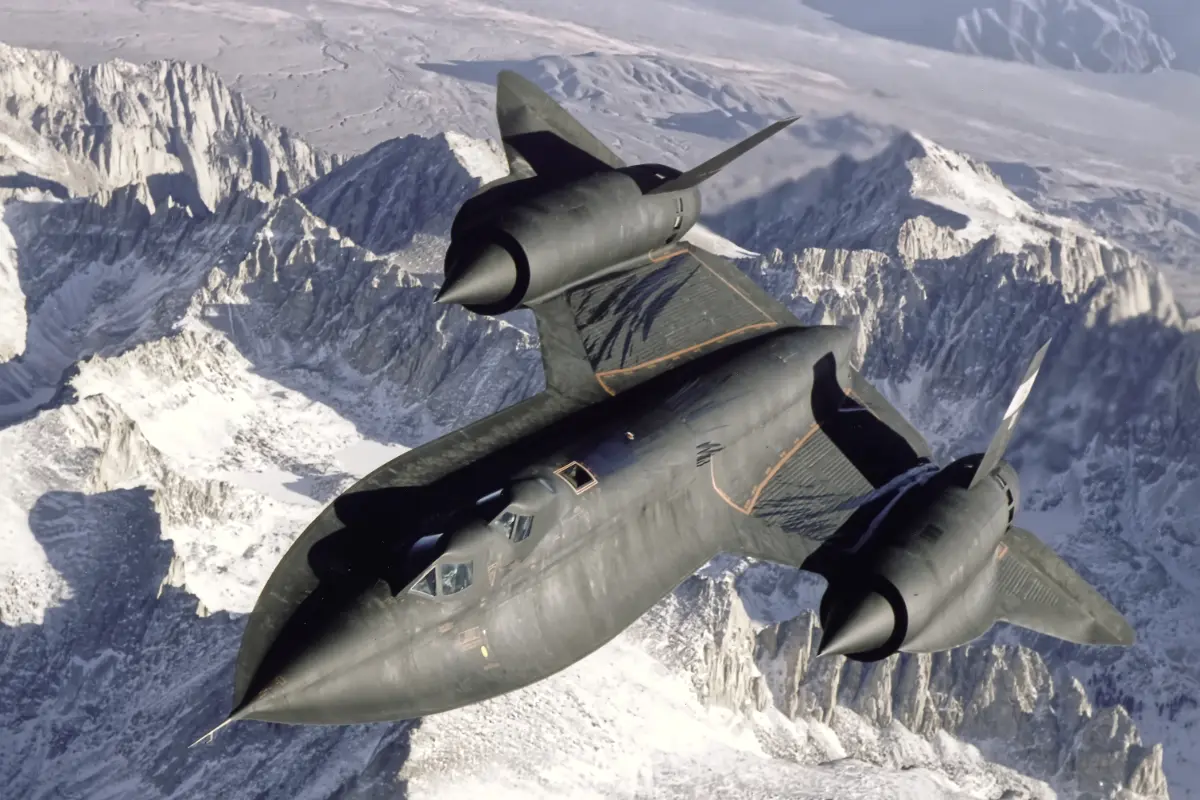
The story of the SR-71C variant is of interest. Lockheed built it using the rear fuselage from a wrecked Lockheed YF-12 and the forward fuselage of an SR-71 built for static testing. The SR-71 and YF-12 were very similar planes in terms of their overall design, so engineers assumed this would work fine.
The SR-71C did work, although there were problems when flying beyond supersonic speed. The plane tended to yaw at such speeds, causing the aircraft to fly in constant yaw. Because of this, the SR-71C was nicknamed "The Bastard" by the pilots who flew it.
While they only built 32 actual SR-71s, Lockheed also developed two other very similar models before that. These models formed the basis of which Lockheed later developed the SR-71: The A-12, a single-seat reconnaissance plane, and the YF-12, a two-seat interceptor.
Between the A-12, the YF-12, and the SR-71, the YF-12 is the rarest aircraft of the three. Lockheed only built three YF-12s, all of which were pre-production versions. Lockheed canceled the actual production of the YF-12 before it began. The A-12, on the other hand, actually entered production, and Lockheed made a total of 15.
A variant of the Lockheed A-21, called the M-21, was another remarkable aircraft. The M-21 was a version of the A-12 with a pylon mounted near the aircraft's rear for mounting a Lockheed D-21 reconnaissance drone. The drone couldn't take off on its own, so the plan was to use the M-21 to launch the D-21 drone.
Lockheed and the Air Force canceled the M-21 program thanks to a fatal mishap in 1966. The crew of the M-21 attempted to launch the drone, but the drone collided with the M-21, severely damaging it. The crew ejected successfully over the ocean, but one crewmember drowned after water filled his flight suit.
A Brief History of the SR-71
Lockheed originally developed the SR-71 from the A-12. Lockheed, in turn, created the A-12 to replace the U-2, the existing reconnaissance aircraft most commonly used by the U.S. at the time.
An incident in 1960 confirmed the need for a replacement for the U-2. The CIA sent a U-2 piloted by Francis Gary Powers on a reconnaissance mission over the Soviet Union. The Soviets shot him down with a surface-to-air missile. Powers parachuted safely to the ground, where Soviet forces captured him.
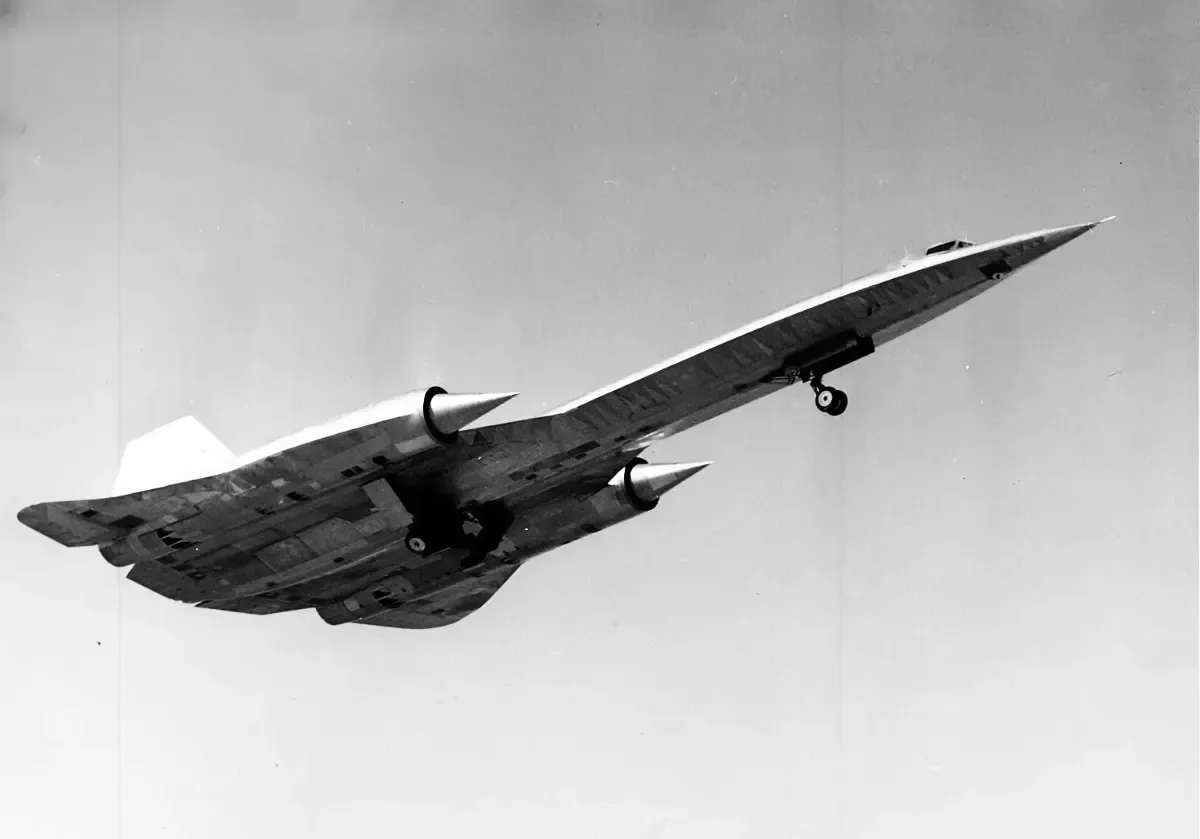
Initially, the U.S. believed that Powers had not survived the accident and planned to cover up the spying mission on the Soviets by claiming that the plane was a civilian aircraft operated by NASA doing weather research and had accidentally wandered into the wrong airspace. However, the Soviets had another plan.
Once the U.S. had spent a considerable amount of time reinforcing their cover story, the Soviets revealed that Powers had been alive the whole time and that he had confessed to spying on Russia. Perhaps more damningly, the Soviets acquired some of the surveillance equipment from the plane and several reconnaissance photographs that Powers took on the mission.
This incident was an embarrassment to the U.S., and it put a lot of tension on American-Soviet relations. The U.S. also realized that the Lockheed U-2 was more vulnerable. If the U.S. wanted a competent aircraft for surveillance, it should be able to fly higher and faster than the U-2 to outrun missiles. It should also be more difficult to detect on enemy radar.
This led to the creation of the A-12, which Lockheed subsequently developed into the SR-71. The main differences between the A-12 and the SR-71 were that the SR-71 had a two-seater cockpit instead of just one seat, and it had a larger fuel capacity than the A-12.
Perhaps one of the most interesting aspects of the SR-71's construction is the materials Lockheed used to build it. Lockheed used titanium for the SR-71 to make the aircraft lighter and, more importantly, resist the immense heat generated by the air friction at supersonic speeds.
However, this caused a couple of problems. For one, Lockheed had to develop new tools for shaping the titanium panels. Existing steel tools used to construct other planes kept breaking the titanium. The other problem was that the U.S. didn't have enough titanium to build the aircraft.
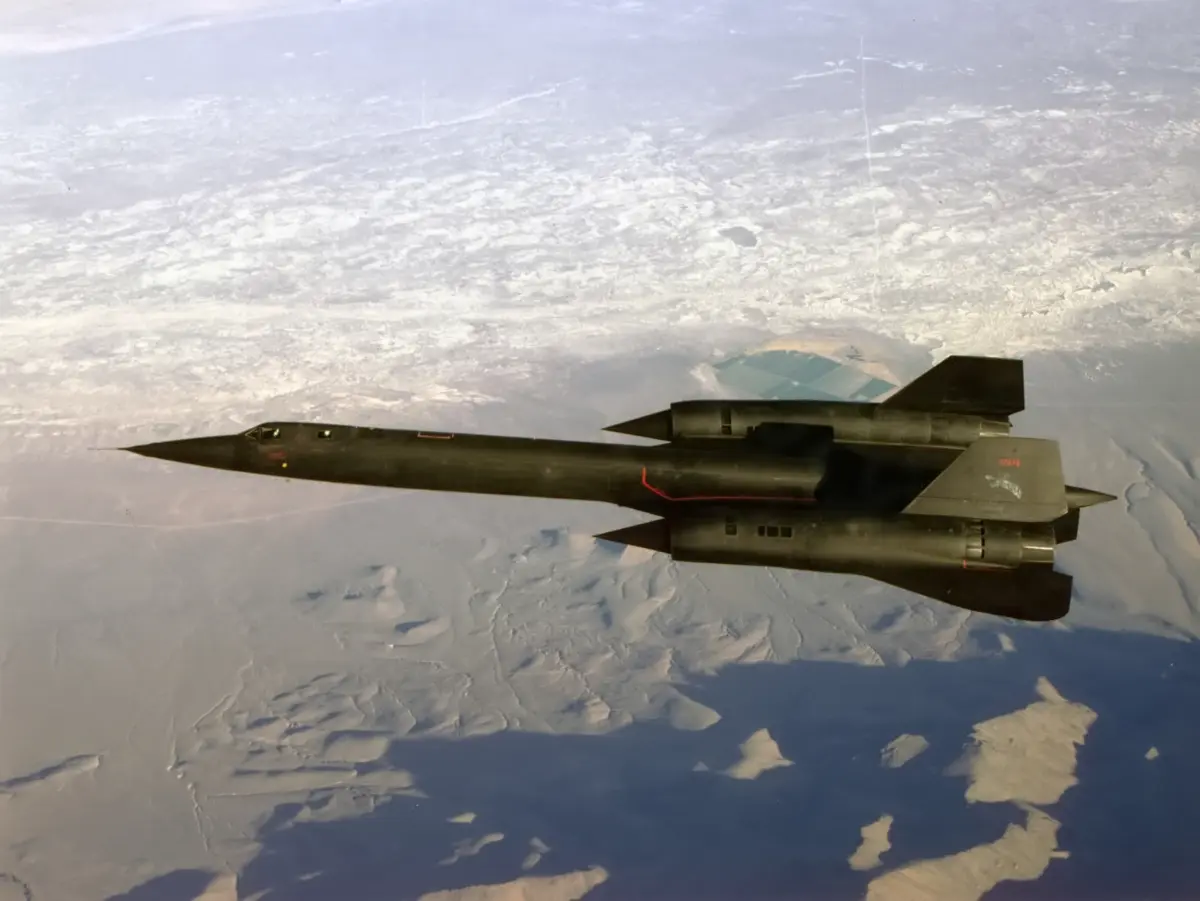
Ironically, the world's largest producer of titanium at the time was the Soviet Union, so the U.S. ended up buying much of the titanium used to make the SR-71 from them. However, they had to do this secretly through other countries and fake companies, as the Soviet Union would have refused to supply it if they had known what the titanium was for. The Soviets did not discover it, and the Lockheed engineers got the titanium they needed.
As a reconnaissance aircraft, the SR-71 was generally successful. Not one was shot down in the 32 years that the aircraft was in service. However, the SR-71 wasn't exactly a reliable plane, and only 20 SR-71s still survive today. Over the years, the U.S. lost 12 aircraft to various accidents.
The SR-71 retired in 1998 from the Air Force and a year later with NASA, who had used it for aeronautical research.
Conclusion
The main production variant was the SR-71A, while the SR-71B was a variant for training. A third version called the SR-71C was also a training variant but with a slightly different construction.
Originally, Lockheed developed the SR-71 from the Lockheed A-12, which was supposed to replace the Lockheed U-2 reconnaissance aircraft.
The SR-71 is widely known for its ability to fly at extraordinarily high speeds. The SR-71 was generally successful during its service life, and no enemy had shot down a single plane. It retired in the late 1990s.
Planenerd Newsletter
Join the newsletter to receive the latest updates in your inbox.


